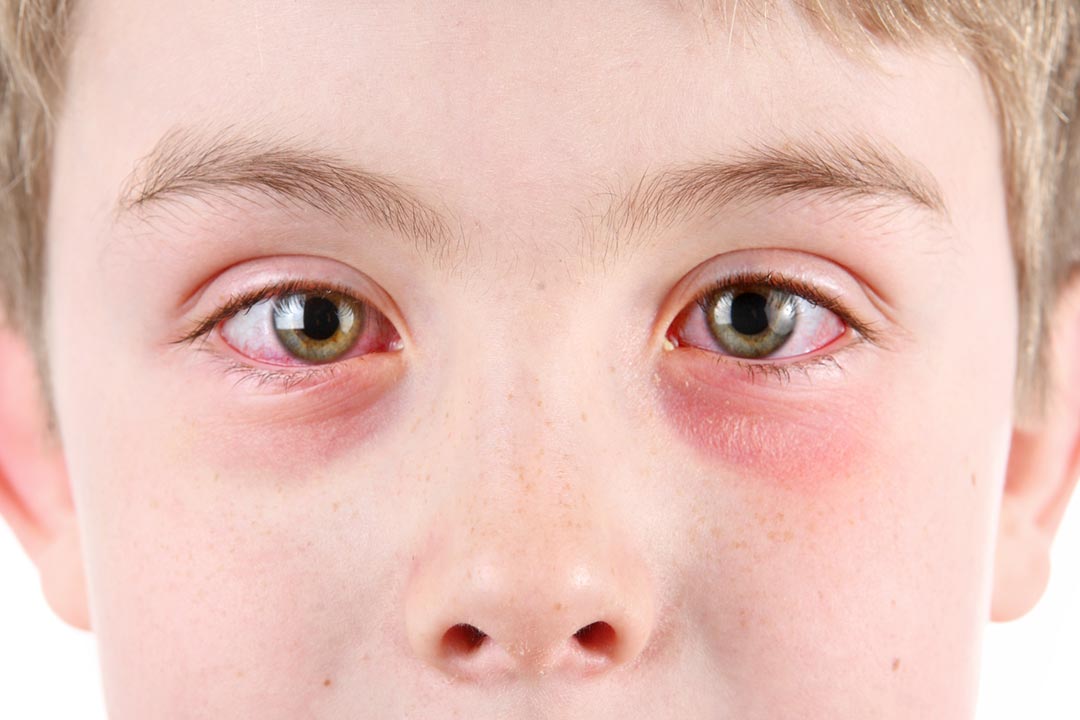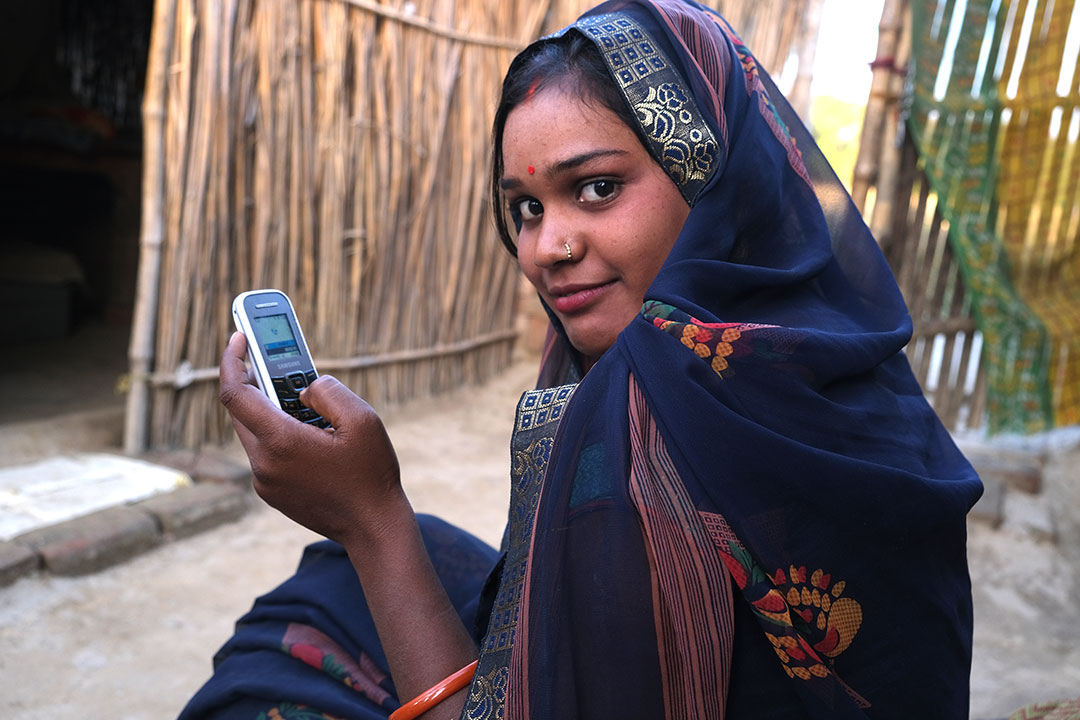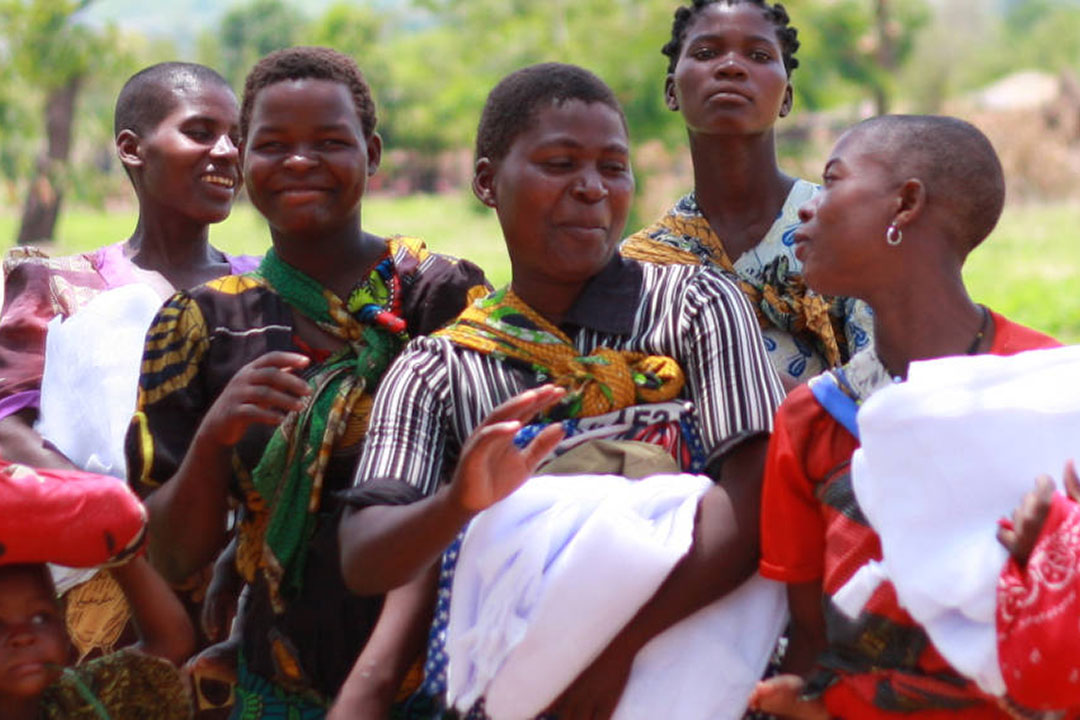Arcturus: WHO upgrades XBB.1.16 to a COVID-19 “variant of interest”
Reports of itchy eyes and high fever are triggering alarm, but there is still nothing to indicate that XBB.1.16 will trigger an increase in hospitalisations or deaths at this stage.
- 21 April 2023
- 4 min read
- by Linda Geddes

The World Health Organization (WHO) has upgraded XBB.1.16 to a "variant of interest", due to its estimated growth advantage over other circulating COVID-19 subvariants, and its ability to evade the immune system. Because of these characteristics, "XBB.1.16 may spread globally and contribute to an increase in case incidence," the WHO warned in its latest weekly epidemiological update.
"However, at present, there is no early signal of an increase in severity. The initial XBB.1.16 risk assessment is ongoing and is expected to be published in the coming days."
While the ability of SARS-CoV-2 to evolve, become more transmissible, and trigger new symptoms is alarming, at the current time there is nothing to suggest that XBB.1.16 is more dangerous than the many other Omicron variants currently in circulation.
Nicknamed Arcturus, after the brightest star in the northern celestial hemisphere, XBB.1.16 was first detected in India on 23 January, where it is believed to have fuelled a recent surge in cases. The variant is also gaining traction in the United States, where it currently accounts for 7.2% of COVID-19 cases.
Anecdotal reports from paediatricians in India suggest that Arcturus may be associated with "itchy" or "sticky" eyes, as well as a high fever and cough – particularly in children who are infected. Other viruses can also trigger conjunctivitis or pink eye, but until now, this symptom had been relatively rare among COVID-19 patients. In Northern Hemisphere countries, which are currently entering spring, it could also potentially be confused with hay fever.
According to Matthew Binnicker, director of clinical virology at the Mayo Clinic in Rochester, US, XBB.1.16 may also be associated with a higher-grade fever than other variants.
Variants of interest
Besides XBB.1.16, WHO is currently tracking one other COVID-19 variant, XBB.1.5, as a "variant of interest" (VOI) – one containing genetic changes predicted or known to affect characteristics such as infectiousness, immune system evasion, or disease severity. VOIs must also be demonstrated to have a growth advantage over other circulating variants in more than one WHO region, or some other evidence to suggest they pose an emerging risk to global public health.
Have you read?
So far, XBB.1.16 has been reported in 31 countries, and during the week ending 2 April 2023, it accounted for 4.2% of SARS-CoV-2 sequences uploaded to the international GISAID database – up from 0.5% during the week ending 5 March 2023.
XBB.1.5 has been reported in 96 countries and currently accounts for 50.8% of sequences, which is an increase from 46.2% during the week ending 5 March.
Six other variants and their descendants are being monitored as "variants under monitoring" (VUM), meaning they contain genetic changes suspected to affect viral behaviour and may be showing early signals of faster spread, but the impact of these changes remains uncertain.
Speaking at a press conference on 29 March 2023, Dr Maria Van Kerkhove, WHO's COVID-19 Technical Lead, reminded journalists that the world remains in a pandemic and a public health emergency of international concern – even though we are in a much better situation than we were three years ago.
Viral evolution
"One of the big uncertainties we face going forward is the virus itself," Van Kerkhove said. "It hasn't settled into a predictable pattern. It continues to evolve.
"One of the variants that we are looking at... is XBB.1.16. It's actually very similar in profile to XBB.1.5. It has one additional mutational mutation in the spike protein, which in lab studies shows increase infectivity, as well as potential increased pathogenicity. So, it's one that we are monitoring because it has potential changes that we need to keep a good eye out on."
At that time, only about 800 sequences of XBB.1.16 had been uploaded to the international GISAID database from 22 countries – mostly India.
Enhanced transmissibility
Currently, there are no reported laboratory or country reports associating the VOI and VUMs with increased disease severity, although a recent laboratory study, which has not been peer reviewed, suggested that XBB.1.16 may have an effective reproduction number (the expected number of new infections caused by an infectious individual) that is 1.27-fold higher than the original XBB variant, and 1.17-fold higher than XBB.1.5, "suggesting that XBB.1.16 will spread worldwide in the near future", the authors said. However, the study found that the ability of these variants to evade the immune system was comparable.
While the ability of SARS-CoV-2 to evolve, become more transmissible, and trigger new symptoms is alarming, at the current time there is nothing to suggest that XBB.1.16 is more dangerous than the many other Omicron variants currently in circulation. Even so, it remains important to stay vigilant, to try to avoid getting infected and to stay updated with the recommended schedule of COVID-19 vaccines.







